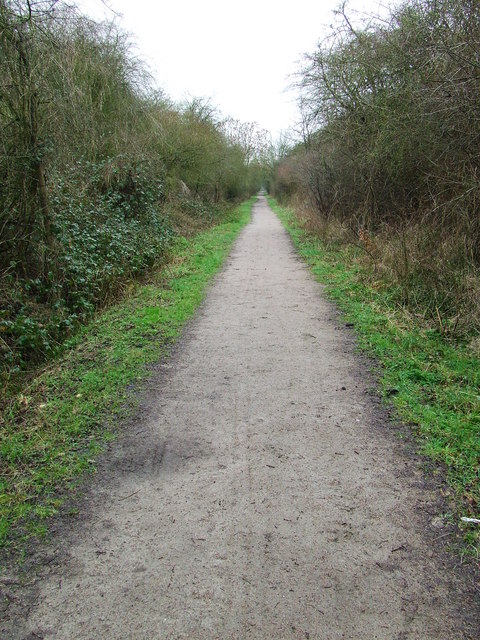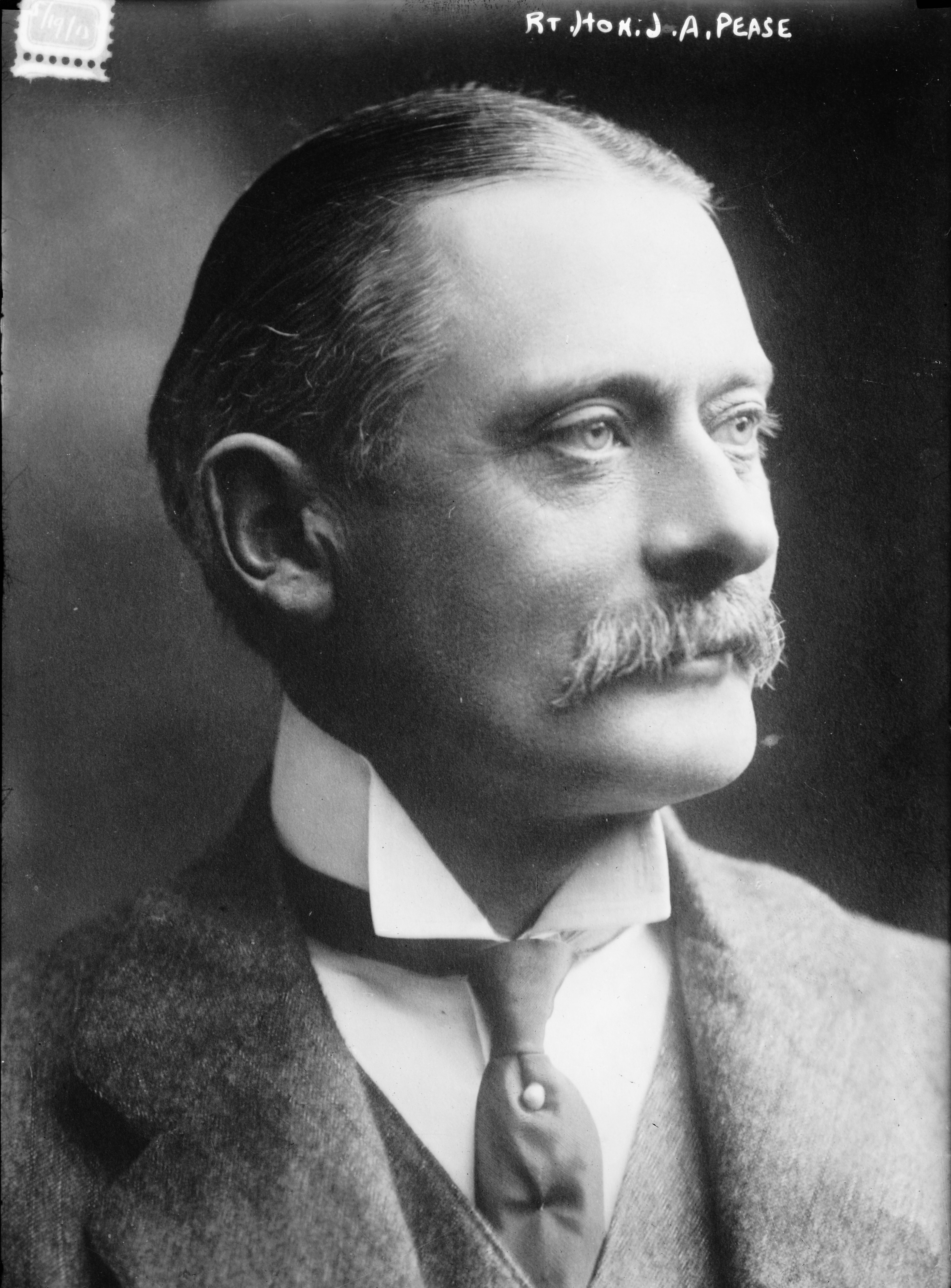|
Barnston, Essex
Barnston is a village and civil parish in Essex, England. The village is on the B1008 road, about south-east of Great Dunmow and north-north-west from the county town of Chelmsford. The local churches are St Andrews and the Mission Evangelical Church. According to the 2001 census it had a population of 850, increasing to 947 at the census 2011 Governance Barnston is part of the electoral ward named Barnston and High Easter. The total population of this ward at the 2011 census was 1,701. The first tier of local government is Barnston parish council. The parish is in the district of Uttlesford and in the parliamentary constituency of Saffron Walden. Notable residents Thomas Watson (c. 1620–1686), puritan, retired to the village and died there. Bridget Plowden (1910–2000), educational reformer, lived in later life at Martels Manor, on the edge of the village. See also * The Hundred Parishes The Hundred Parishes is an area of the East of England with no formal recogn ... [...More Info...] [...Related Items...] OR: [Wikipedia] [Google] [Baidu] |
Uttlesford
Uttlesford is a local government district in Essex, England. Its council is based in the market town of Saffron Walden. At the 2011 Census, the population of the district was 79,443. Other notable settlements include Great Dunmow, Elmdon, Stebbing, Stansted Mountfitchet, Thaxted, Debden, Little Chesterford and Felstead among other settlements. History Its name is derived from its location within the ancient Hundred (county subdivision), hundred of Uttlesford,Open Domesday: Hundred of Uttlesford. Accessed 6 January 2022. usually spelled ''Vdelesford'' Open Domesday: Saffron Walden. Accessed 6 January 2022. or ''Wdelesford'' [...More Info...] [...Related Items...] OR: [Wikipedia] [Google] [Baidu] |
Essex
Essex () is a county in the East of England. One of the home counties, it borders Suffolk and Cambridgeshire to the north, the North Sea to the east, Hertfordshire to the west, Kent across the estuary of the River Thames to the south, and Greater London to the south and south-west. There are three cities in Essex: Southend, Colchester and Chelmsford, in order of population. For the purposes of government statistics, Essex is placed in the East of England region. There are four definitions of the extent of Essex, the widest being the ancient county. Next, the largest is the former postal county, followed by the ceremonial county, with the smallest being the administrative county—the area administered by the County Council, which excludes the two unitary authorities of Thurrock and Southend-on-Sea. The ceremonial county occupies the eastern part of what was, during the Early Middle Ages, the Anglo-Saxon Kingdom of Essex. As well as rural areas and urban areas, it forms ... [...More Info...] [...Related Items...] OR: [Wikipedia] [Google] [Baidu] |
Saffron Walden (UK Parliament Constituency)
Saffron Walden is a Constituencies of the Parliament of the United Kingdom, constituency in Essex represented in the House of Commons of the United Kingdom, House of Commons of the Parliament of the United Kingdom, UK Parliament since 2017 United Kingdom general election, 2017 by Kemi Badenoch, a Conservative Party (UK), Conservative. History Saffron Walden was one of eight single-member divisions of Essex (later classified as county constituencies) created by the Redistribution of Seats Act 1885, replacing the three two member divisions of East, South and West Essex. The boundaries were redrawn under the Representation of the People Act 1918, then remaining virtually unchanged until changes brought in for the 2010 general election by the Fifth Periodic Review of Westminster constituencies. This has been a Conservative Party (UK), Conservative safe seat based on election results since 1922, in which period the majorities have occasionally been Marginal seat, marginal. However ... [...More Info...] [...Related Items...] OR: [Wikipedia] [Google] [Baidu] |
Civil Parish
In England, a civil parish is a type of administrative parish used for local government. It is a territorial designation which is the lowest tier of local government below districts and counties, or their combined form, the unitary authority. Civil parishes can trace their origin to the ancient system of ecclesiastical parishes, which historically played a role in both secular and religious administration. Civil and religious parishes were formally differentiated in the 19th century and are now entirely separate. Civil parishes in their modern form came into being through the Local Government Act 1894, which established elected parish councils to take on the secular functions of the parish vestry. A civil parish can range in size from a sparsely populated rural area with fewer than a hundred inhabitants, to a large town with a population in the tens of thousands. This scope is similar to that of municipalities in Continental Europe, such as the communes of France. However, ... [...More Info...] [...Related Items...] OR: [Wikipedia] [Google] [Baidu] |
Great Dunmow
Great Dunmow is a historic market town and civil parish in the Uttlesford district of Essex, England. It is situated on the north of the A120 road, approximately midway between Bishop's Stortford and Braintree, five miles east of London Stansted Airport. Originally the site of a Roman settlement on Stane Street, the town thrived during the Middle Ages. Many buildings survive from this period, including a 16th-century town hall. Dunmow means "Meadow on the Hill". The settlement was variously referred to as Dunmow Magna, Much Dunmow, or most commonly Great Dunmow. As of 2021, Robert Nicholson is Emeritus Mayor of Great Dunmow. History A Roman small town developed on the junction between Stane Street and the Roman roads which ran northeast to southwest from Sudbury to London and northwest to southeast from Cambridge to Chelmsford. The main settlement area spread westwards from the road junction, with cemeteries on the outskirts. There was a second Roman settlement at Church E ... [...More Info...] [...Related Items...] OR: [Wikipedia] [Google] [Baidu] |
Chelmsford
Chelmsford () is a city in the City of Chelmsford district in the county of Essex, England. It is the county town of Essex and one of three cities in the county, along with Southend-on-Sea and Colchester. It is located north-east of London at Charing Cross and south-west of Colchester. The population of the urban area was 111,511 in the 2011 Census, while the wider district has 168,310. The demonym for a Chelmsford resident is "Chelmsfordian". The main conurbation of Chelmsford incorporates all or part of the former parishes of Broomfield, Newland Spring, Great Leighs, The Walthams, Great Baddow, Little Baddow, Galleywood, Howe Green, Margaretting, Pleshey, Stock, Roxwell, Danbury, Bicknacre, Writtle, Moulsham, Rettendon, The Hanningfields, The Chignals, Widford and Springfield, including Springfield Barnes, now known as Chelmer Village. The communities of Chelmsford, Massachusetts, Chelmsford, Ontario and Chelmsford, New Brunswick are named after the city. Chelmsf ... [...More Info...] [...Related Items...] OR: [Wikipedia] [Google] [Baidu] |
Wards And Electoral Divisions Of The United Kingdom
The wards and electoral divisions in the United Kingdom are electoral districts at sub-national level, represented by one or more councillors. The ward is the primary unit of English electoral geography for civil parishes and borough and district councils, the electoral ward is the unit used by Welsh principal councils, while the electoral division is the unit used by English county councils and some unitary authorities. Each ward/division has an average electorate of about 5,500 people, but ward population counts can vary substantially. As of 2021 there are 8,694 electoral wards/divisions in the UK. England The London boroughs, metropolitan boroughs and non-metropolitan districts (including most unitary authorities) are divided into wards for local elections. However, county council elections (as well as those for several unitary councils which were formerly county councils, such as the Isle of Wight and Shropshire Councils) instead use the term ''electoral division''. In s ... [...More Info...] [...Related Items...] OR: [Wikipedia] [Google] [Baidu] |
Thomas Watson (Puritan)
Thomas Watson (c. 1620–1686) was an English, Puritan preacher and author. He was ejected from his London parish after the Restoration, but continued to preach privately. Education and career He was educated at Emmanuel College, Cambridge, where he was noted for remarkably intense study. In 1646 he commenced a 16-year pastorate at St. Stephen's, Walbrook. Watson showed strong Presbyterian views during the civil war, with, however, an attachment to the king, and in 1651 he was imprisoned briefly with some other ministers for his share in Christopher Love's plot to recall Charles II of England. He was released on 30 June 1652, and was formally reinstated as vicar of St. Stephen's Walbrook. He obtained great fame and popularity as a preacher until the Restoration, when he was ejected for Nonconformity. Notwithstanding the rigor of the acts against dissenters, Watson continued to exercise his ministry privately as he found opportunity. Upon the Declaration of Indulgence in 1672 ... [...More Info...] [...Related Items...] OR: [Wikipedia] [Google] [Baidu] |
Bridget Plowden
Dame Bridget Horatia Plowden, Baroness Plowden, (née Richmond; 5 May 1910 – 29 September 2000) was a British educational reformer and influential figure in primary education, broadcasting and the rights of Romani people. She chaired the group which authored and published the 1967 Plowden Report on primary education in Britain, and was chair of the Independent Broadcasting Authority from 1975–80. Early life and family Lady Plowden was born Bridget Horatia Richmond at Rounton Grange, East Rounton, Yorkshire, the second daughter and second child of the five children of Admiral Sir Herbert William Richmond (1871–1946), naval officer, and later master of Downing College, Cambridge, and his wife, Florence Elsa (1879/80–1971). Her husband was Edwin Noel Auguste Plowden, GBE, KCB. He was first knighted in 1946, and later elevated. In 1959, he was made a life peer as Baron Plowden, of Plowden, Shropshire. The couple had four children: William Julius Lowthian Plowden (1935–2 ... [...More Info...] [...Related Items...] OR: [Wikipedia] [Google] [Baidu] |
The Hundred Parishes
The Hundred Parishes is an area of the East of England with no formal recognition or status, albeit that the concept has the blessing of county and district authorities. It encompasses around 450 square miles (1,100 square kilometres) of northwest Essex, northeast Hertfordshire and southern Cambridgeshire. The area comprises just over 100 administrative parishes, hence its name. It contains over 6,000 listed buildings and many conservation areas, village greens, ancient hedgerows, protected features and a historical pattern of small rural settlements in close proximity to one another. Origins The idea of recognising the area for its special heritage characteristics was originally conceived by local historian and author David Heathcote. A steering group of local historians, conservationists and a local authority representative, spearheaded by the Essex branch of the Campaign to Protect Rural England ( CPRE), progressed the idea and defined a boundary. The name arose in respons ... [...More Info...] [...Related Items...] OR: [Wikipedia] [Google] [Baidu] |
Villages In Essex
A village is a clustered human settlement or community, larger than a hamlet but smaller than a town (although the word is often used to describe both hamlets and smaller towns), with a population typically ranging from a few hundred to a few thousand. Though villages are often located in rural areas, the term urban village is also applied to certain urban neighborhoods. Villages are normally permanent, with fixed dwellings; however, transient villages can occur. Further, the dwellings of a village are fairly close to one another, not scattered broadly over the landscape, as a dispersed settlement. In the past, villages were a usual form of community for societies that practice subsistence agriculture, and also for some non-agricultural societies. In Great Britain, a hamlet earned the right to be called a village when it built a church. [...More Info...] [...Related Items...] OR: [Wikipedia] [Google] [Baidu] |





